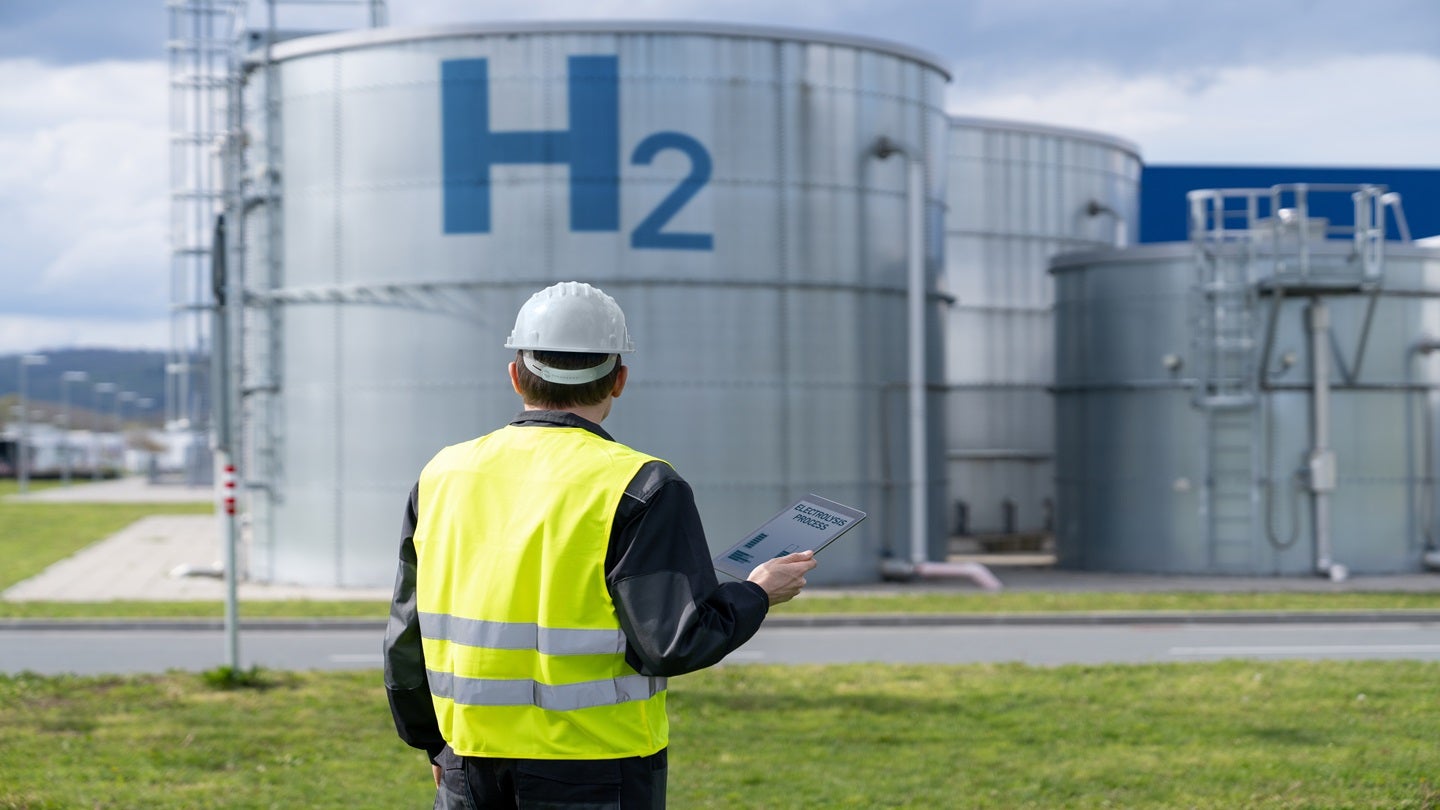Bramble Energy's £1.5m POWER Project Sparks Innovation in Hydrogen Production
Key Ideas
- Bramble Energy collaborates with Taiwan's Tripod Technology to launch the £1.5m POWER project aimed at advancing hydrogen production through the PCBEL technology.
- The project, co-funded by Innovate UK and Taiwan’s Department of Industrial Technology, focuses on refining PCBEL cell design, integrating new catalysts, and developing membrane electrode assemblies.
- Bramble Energy's CEO highlights the project's goal of enhancing cost-efficiency, performance, and durability to drive the adoption of hydrogen technology for a clean energy future.
- The partnership between Bramble Energy and Tripod Technology aims to achieve the Clean Hydrogen Partnership's 2030 targets for performance and critical raw material content, marking a significant milestone in the hydrogen economy.
UK-based cleantech company Bramble Energy has teamed up with Taiwan-based Tripod Technology Corporation and Tripod Nanotechnology Corporation to introduce a £1.5m ($1.6m) initiative known as the POWER project. This initiative focuses on advancing hydrogen production through the Printed Circuit Board Optimised Water Electrolysis with Reduced Platinum Group Metals (PGM) technology. Co-funded by Innovate UK and Taiwan’s Department of Industrial Technology, the project aims to enhance the PCBEL cell design, integrate novel catalysts, and develop membrane electrode assemblies to reduce the cost of anion exchange membrane (AEM) electrolyser stacks while improving durability and operational flexibility. By achieving a key milestone of demonstrating a 25MW stack using a less corrosive potassium hydroxide solution, the project simplifies handling, enhances safety, and allows for a wider material selection. Bramble Energy's CEO, Tom Mason, highlights that the project will push the boundaries of cost, performance, and durability in electrolyser technology, promoting its large-scale commercialization. The collaboration between Bramble Energy and Tripod Technology is crucial in meeting the Clean Hydrogen Partnership's 2030 targets, underlining a significant step towards a sustainable and affordable hydrogen economy.
